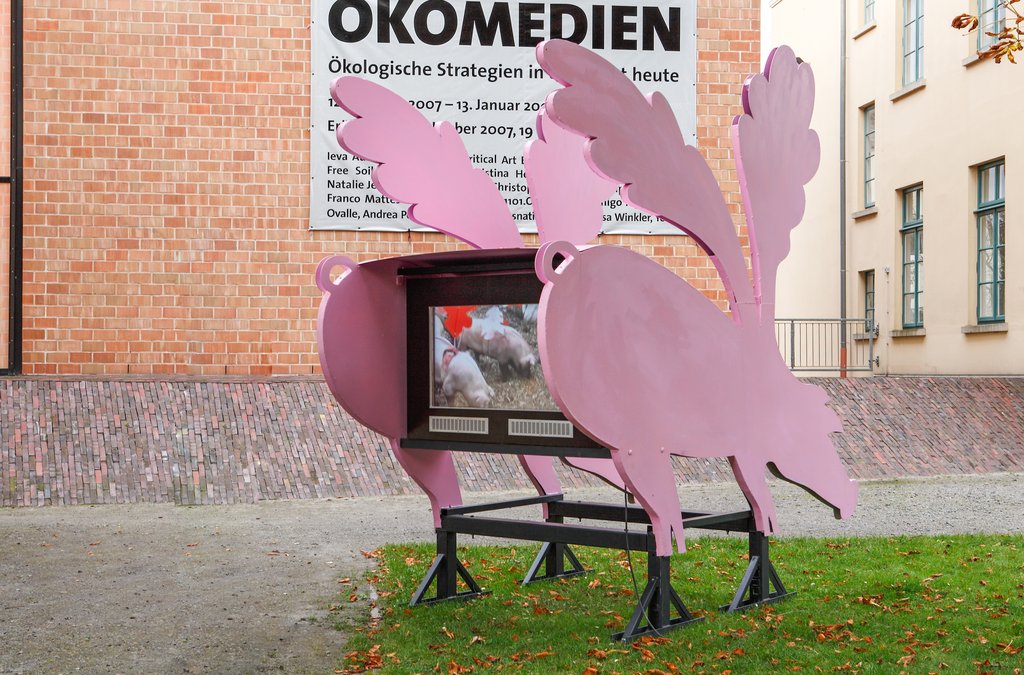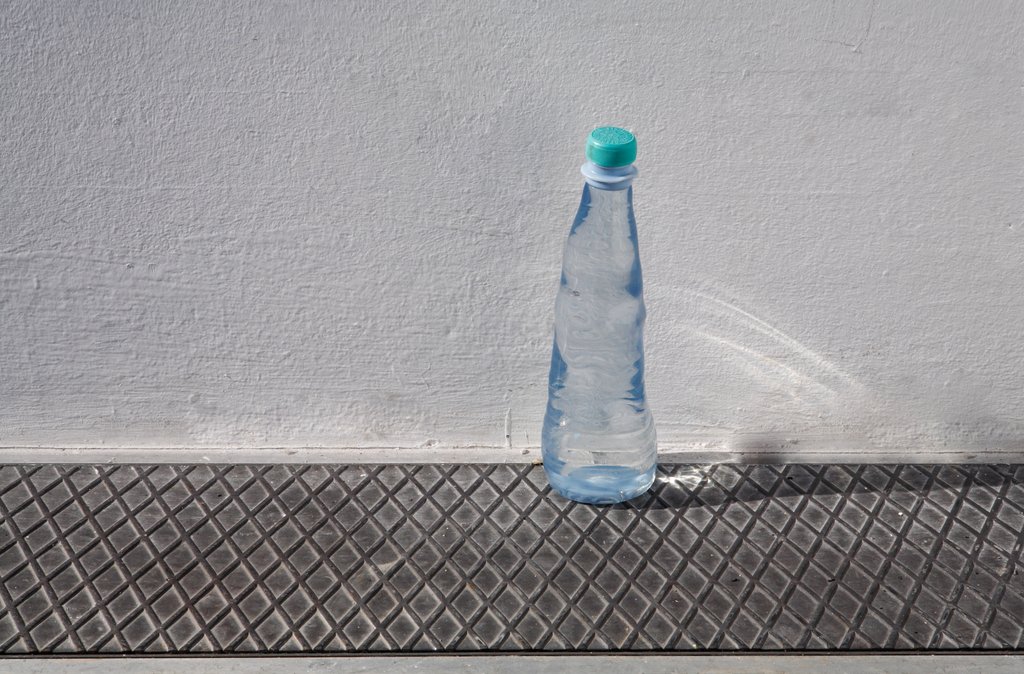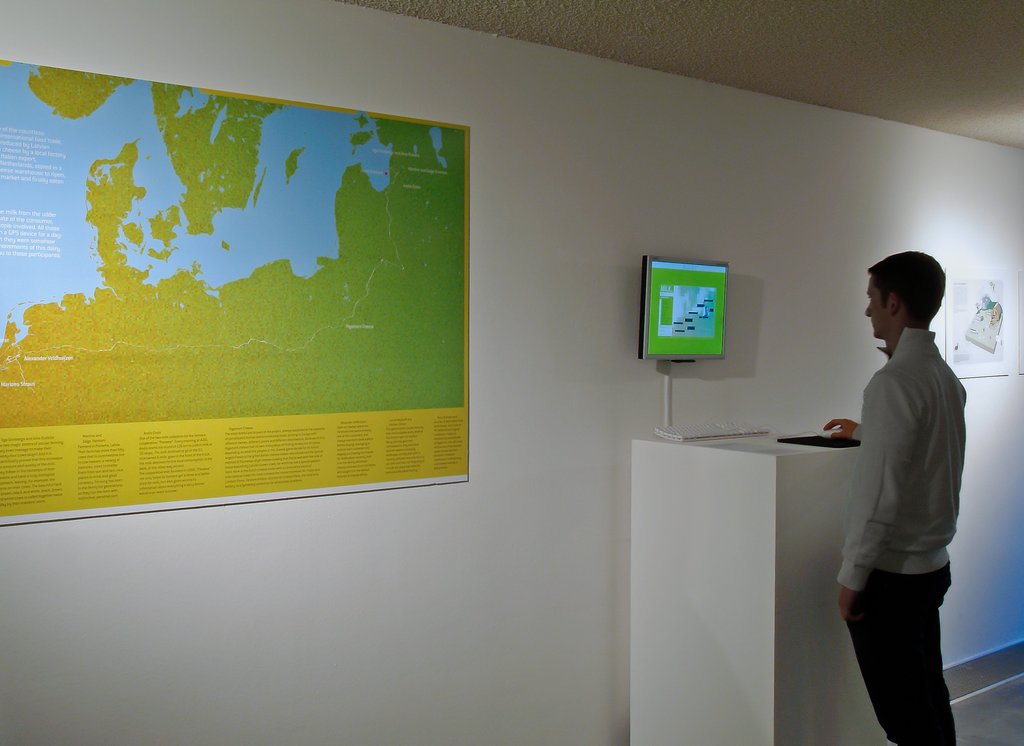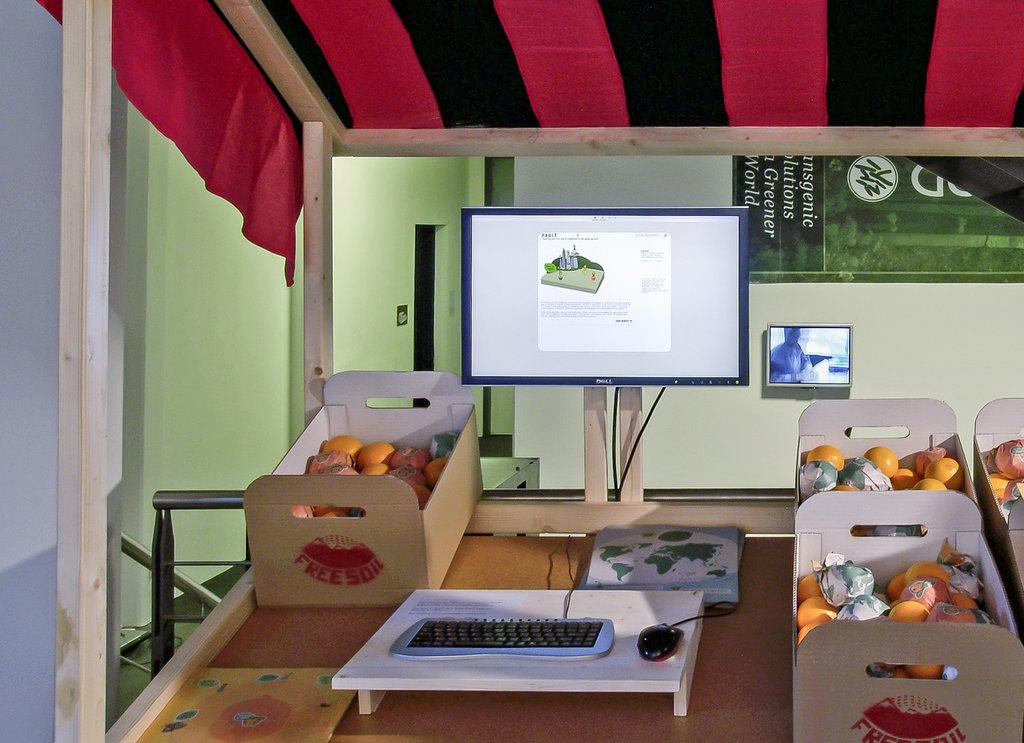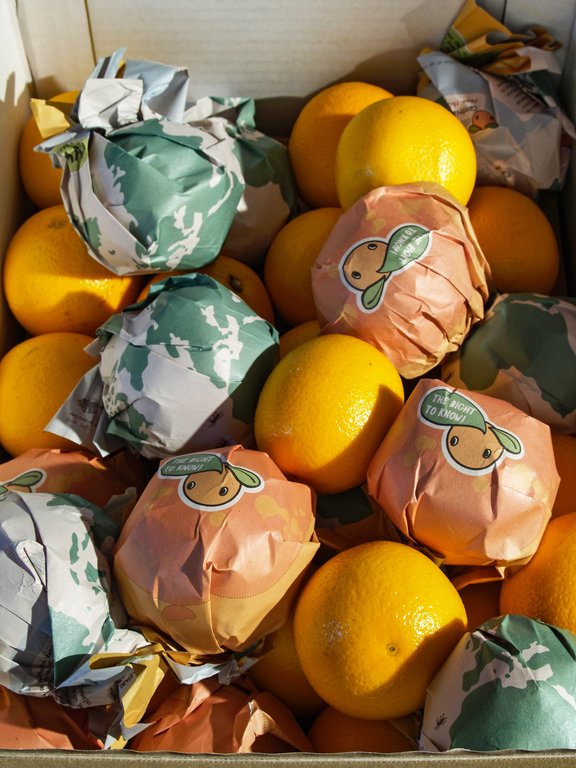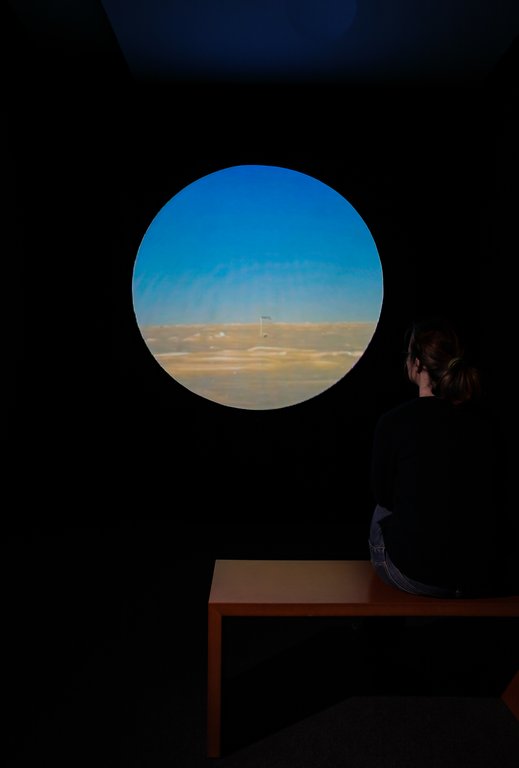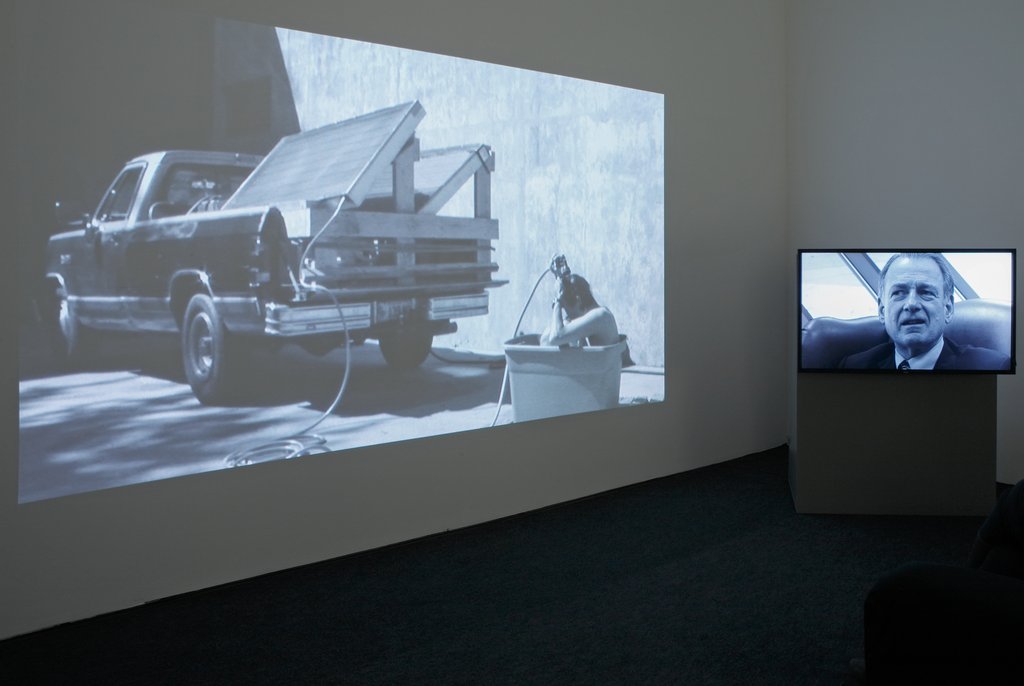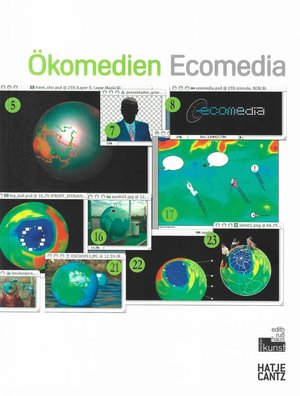ECOMEDIA Ecological Strategies in Today's Art
Ecological questions, that is to say the science that studies the relationships of living things to their environment, have lost the last remnants of naive starry-eyed idealism over the past years. Environmental catastrophes such as the tsunamis, dying forest syndrome, fish mortality, cannibalism among seals, global climate warming, water shortages, as well as air and ground pollution make it clear that natural catastrophes are not only just "natural.“ They result from highly civilized ways of life that are based on exploitation and which destroy well-attuned ecosystems. The idea of ecology as a communicative system has therefore gained in influence and importance.
The exhibition Ecomedia presents projects founded on progressive ecological models and conceive utopian horizons in the process. It peruses fundamental considerations concerning ecosystems, sustainability, renewable energy sources, as well as visions of the future. In addition, it examines the role of art and new media over and above science, technology, and ecoactivism. The artistic approaches rooted in the link between media technologies and so-called "natural" systems such as climate, water, and earthquakes are innovative. These projects revolve around the charting of data and their audio visualization. For the most part, they circumvent common scientific technological recording methods and open up new worlds of perception (Franz John, Andrea Polli, Sabrina Raaf, Iñigo Manglano-Ovalle).
Several works deal with renewable sources of energy and put alternative models forward for discussion (Christina Hemauer/Roman Keller, Andrea Polli). Others point to the contamination of the earth from the largest scale (aeronautics by Christoph Keller) down to the smallest (genetic engineering by the Critical Art Ensemble and Beatriz da Costa). A significant section is devoted to the observation of the current state of foodstuff transportation (Ieva Auzina/Esther Polak, Free Soil, Insa Winkler): This is always global, energy-intensive, and wasteful, like our misdirection of resources (Tue Greenfort, infossil). The critical documentation of the current status is juxtaposed with visions of the future and practical solutions (Tea Mäkipää, MVRDV, Yonic).
Along with interdisciplinary, public, and net-based projects that actively integrate the public in their realization (Natalie Jeremijenko, Franco and Eva Mattes, Transnational Temps), the exhibition will be accompanied by a media (art) educational programme. The questions addressed in the exhibition are dealt with here with children and adolescents in various fashions and contribute to introducing young people to cultural practice, particularly to the new media, as well to ecologically responsible behaviour.
Curated by: Sabine Himmelsbach, Yvonne Volkart, Karin Ohlenschläger

